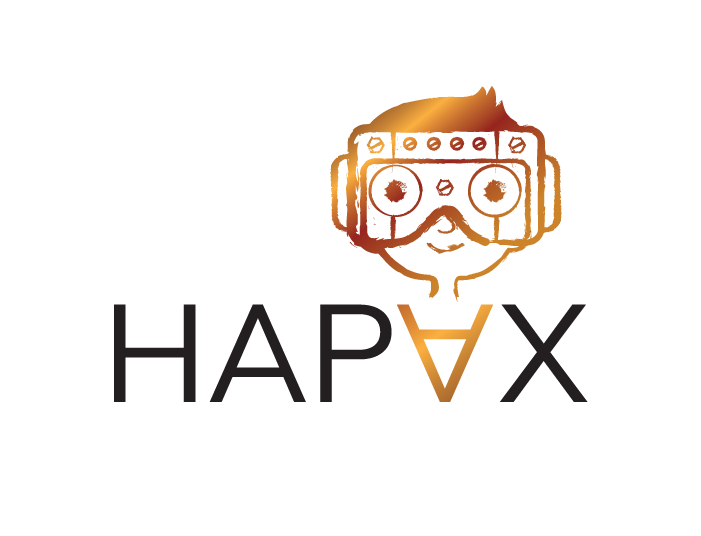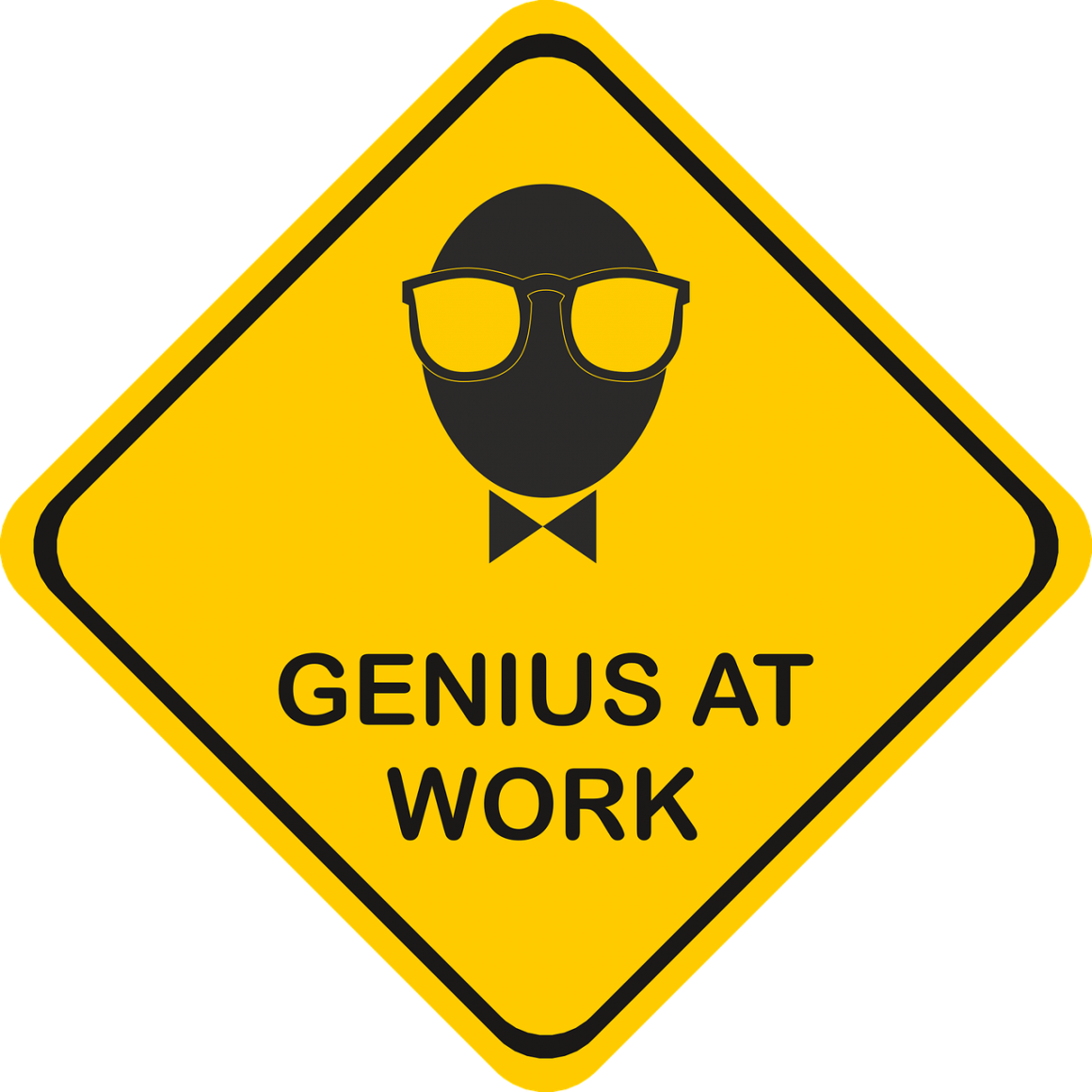Whatever the consequences in life, they are the result of a choice or behavior we had. They can be positive, negative or rather neutral, given what they lead us to experience. In the educational sphere with children, consequences are very useful learning mediums to understand the world in which we live, and to know how to behave. Some children understand quickly and adjust, while others, for a variety of needs and reasons, require clearer boundaries and more concrete guidance from adults. Whether at home or at school, adults have the role of specifying the limits not to be crossed and helping children to readjust as they go along.
The objective behind a consequence is not to subjugate the child, but rather to teach him to make choices and to assume them. In the process, it promotes the development of empathy for others, as well as the understanding of one’s own needs along the way. A consequence may also have the objective of putting an end to an inappropriate or even dysfunctional situation and behaviour. If we want to transform a bad habit or intervene in more complex behaviors, we may have to increase the discomfort created by the given consequences, by wanting to stimulate awareness, voluntary or not, in the child. Simple discussion and guidance are not always enough to reorient the child in his or her gestures and attitudes.
If the consequences are applied with respect for the child, aiming for learning in indulgence and empathy, they are part of the necessary and effective educational means for good development in general. That said, unfortunately, they can turn out to be desperate interventions by the adult in the grip of anger, or destabilized by the child’s behaviors. They can also be filled with contempt, verbal abuse or loss of control, not to mention be too intense and disproportionate to the situation. Or conversely, not being consistent or properly looped, turning our attempts to intervene into mere threats, which stretch on with almost unlimited warnings.
To help you think about it, here are some definitions of consequences before presenting you with some visual aids of the « I learn from my mistakes » tool that you will find in the Hapax Center shop. This comprehensive tool allows you to be able to make educational interventions from start to finish, through the young person’s awareness, to develop their empathy and better understand their experience. It allows you to honestly target the behaviors that the child has done, as well as the needs hidden behind them. Finally, the visual support of The Bank of Logical Consequences and Gestures of Repair of the Relationship, will be able to conclude this process of self-development, following the social mistakes and bad choices that children and adolescents can make.

Gestures of repair of the relationship
A gesture of reparation is a consequence related to social error. When children do things that harm the other person, we guide them to make amends for their actions with an action that, in a way, « erases » the mistakes made. Reparation for their actions is an effective and relational means that makes them aware of the impacts that their behaviours have had, both on others and on their personal experience. By repairing the relationship hurt by their bad choices, with the help of a kind action, we teach them the right way to act by mitigating the impact of their actions. They can then preserve their dignity, develop humility, while taking care of the well-being of the other. For the reparation gestures to be effective, however, the children must have thought and had awareness, which the following tool helps to do. But above all, they must be willing and willing to have this contact with the other. If they do so out of obligation, with an attitude of opposition or contempt, it is better to choose another, more direct form of consequence.
The natural consequences
Nothing better than natural consequences to learn quickly, concretely and directly related to the mistakes made by children. In addition to requiring very little follow-up, they often arrive on a silver platter, ready to be experienced and often not forcing adults to do anything. Except perhaps to take advantage of it to make them think. However, it is important to avoid « I told you so or you just had to listen« , because these completely useless words often divert children’s attention from learning to live, to the possibility of arguing and getting frustrated with the adult.
Natural consequences are the impacts of children’s behaviours, generously brought about by life that follows its course without having to intervene: neither to prevent the consequences from occurring nor to lessen their effects. The students play in the water holes despite the adults who ask them to avoid them: nothing better than damp pants all day at school, to understand that the ephemeral pleasure brought by the water hole is less interesting in the long term than the discomfort of being soaked all day. Children eat carelessly and get everything dirty: nothing better than wasting time picking everything up afterwards before they can go play. Of course, if picking up their dishes and waste is already part of their daily tasks.
Natural consequences are often very effective, as they force children to take responsibility for their own decisions, without having the opportunity to complain to adults. Adults do not punish, but rather guide children to deal with the consequences of their actions. What do you want…? If we are not careful and play daredevil, we can fall off our bike! If we take advantage of teamwork to talk about everything and nothing, the chances of getting a good grade decrease with each friendly exchange made at the wrong time. The proudest children will say that they don’t mind being impacted by their choices, but hidden behind their pride in safeguarding, they will certainly have learned a few lessons here and there.
The logical and educational consequences
Sometimes there are missed opportunities, simple stubbornness on the part of narrow-minded children, or educational needs that need to be strengthened, which mean that the actions of reparation do not have the desired effects. As well as the natural consequences that are less disturbing than the benefits to be pursued in bad behavior. Since the other consequences are sometimes insufficient to change a behavior, we must then take great measures: become more severe, educational and structured in our interventions.
The logical consequences are then interesting options, since they generally allow the child to make very clear connections. They turn out to be obvious causes and effects in the face of their poor choices. A child is rude and puts his bad temper to suffer: a forced withdrawal from the activity is welcome until the sun returns. To go further, a consequence becomes « educational » if, in addition to taking time to reflect, the consequence allows you to learn something constructive in connection with the situation. Logical consequences are the simplest and most direct to use on a daily basis, but educational consequences allow you to go much further in the child’s self-development. And maybe even the mistake of one will make the others think as well (see for examples below). The only flaw of the educational consequence is that it must be given only once the young person has calmed down and is ready to expend energy to make amends for his or her act. It is realized once the young person assumes his or her actions. That’s why I offer you the « I learn from my mistakes » tool.
The logical consequence, although effective and more « striking » than the others, requires on the other hand more difficult and authoritarian interventions. However, it is necessary to go all the way despite the children’s reactions, it requires energy, time and coherence from the adult who intervenes. Often, the child has to stop his activities, manage the child’s behaviour, sometimes even in crises, and play his role as a « punishment corporal » who does not let it pass. And therein lies the challenge: the adult must go all the way and hold his intervention well in hand. Sometimes the child bends quickly, sometimes it takes a cauldron of patience. In any case, you have to put the necessary energy into it, remain calm, but determined, and close the loop so that this intervention is effective and does not become a battle between the child and the adult that drags on.
Accompanying the consequences of their poor choices, learning interventions are fundamental allies for harmonious development in children and adolescents.
What consequence should we choose then?
The severity of the actions and the depth of the desired intervention will be the determinants that will target the type of consequence to be chosen. Also, working with young people with greater needs, and possibly more « great behaviours » that accompany it, structured and coherent interventions are essential to bring about long-term change. And as a warning, it is important to give consequences to children when the limits have been reached, or even exceeded for a long time, but for a long-term change and to aim for the harmonious development of the child, it is necessary to nourish the child between two deserved punishments, tenderness, rewards and encouragement. Because as I often say, « we can spend our time pulling weeds out of a garden, if we don’t grow beautiful flowers to take up as much space as possible, our garden will be nothing but unused soil, with weeds to constantly remove« .
The bank of educational consequences and gestures of reparation of the relationship
This bank of ideas makes the intervention process more accessible and effective, by ensuring that the child can search for it on his own and choose his or her reparation gesture. In the heat of everyday life, a lack of ideas and strategies often results in the intervention not being completed. Repairing one’s actions and assuming the consequences of one’s actions is often the forgotten step. However, it is the one that makes you grow the most!



Leave a Reply